Wagyu Everything at Gozu Pop-up at Avery
Gozu, the Wagyu beef-centered restaurant, isn’t expected to open its doors in the South of Market area of San Francisco until May. But it’s already opened my eyes to the possibilities of this prized, specialty Japanese beef.
Last week, I had the pleasure of dining as a guest at one of the three nights that Gozu hosted a pop-up at Avery in San Francisco.
The $95 per person tasting menu featured four dishes from the Avery’s Chef Rodney Wages, an alum of The French Laundry in Yountville, and Benu, Atelier Crenn, and Saison, all in San Francisco; as well as four dishes from Gozu’s Chef Marc Zimmerman, who cooked at Nobu, Restaurant Guy Savoy, and Alexander’s Steakhouse in San Francisco. Two supplemental dishes also were available for an extra charge.
Like its predecessor in this Fillmore Street locale, the elegant Korean-influenced Mosu, Avery continues the tradition of having no sign out front. The windows are opaque, too. So, just look carefully for the numerical address, and you’ll find it just fine.
The two-story restaurant is quite compact, and done up with grays and black to give it a chic air.
For the first half of the meal, before the restaurant got too full, the two chefs both brought out their dishes, hand-delivering to the table. Zimmerman says he got the idea for a Wagyu-focused restaurant after traveling through Japan. There, casual robata-style eateries specialize in Wagyu and make use of every bit of the pampered, outrageously marbled cows.
I’ve had Wagyu before — typically sliced thin, seared ever so briefly and laid atop rice like nigiri sushi; or as a modest piece of steak. And really, when beef is this highly marbled, all you need is a smidge to be satiated.
On a cool winter night, warm bowls of charred onion-toasted grains broth welcomed guests. Its light consomme-like look deceptively belied how heavy-weight in flavor it was. As my husband said: It did taste very much like French onion soup minus all that cheese, but with a toasted barley backbone.
Then, out came one of the most unusual dishes I’ve ever had: yellowfin bone marrow — served in its bone that had been blanched until spic-and-span clean. It had been dressed with chile and vinegar. The texture was almost like a gelee, quivering soft; and the taste bright and acidic.
Alongside were two pieces of raw yellowfin tuna, finished with vinegar and Wagyu fat, giving the fish a luxurious quality.
A martini glass held pieces of smoky, binchotan-seared Wagyu, shoyu-cured quail egg yolk, and whiskey vinegar.
Tiny buckwheat crackers were slathered with nduja made with Wagyu fat and given a hit of heat with togarashi. It’s as if the fat cap of a great prime rib had somehow been melted, whipped and made into a spread.
Grilled oysters made for a sensual dish, served at body temperature, with the slippery bivalves intermixed with braised Wagyu tendons seasoned like chorizo.
The chefs brought out one of the supplemental dishes: a caviar parfait layered with fermented cauliflower mousse, Golden osetra, and Wagyu gelee. Dig the mother of pearl spoon all the way to the bottom and spread it all on sweet Japanese milk bread rolls so soft and airy you have thought a tire pump had inflated them.
You can tell the chefs have a true sense of humor when the next course arrives. It’s monkey see, monkey do, monkey deliver ebelskivers. Yes, a monkey statue with arms outstretched, each holding a Wagyu sausage ebelskiver aloft that’s crowned with fried shrimp and crisp nori. These two-bite wonders are like savory doughnut holes.
Classic chawanmushi gets fanciful with smoked Wagyu oil and Dungeness crab. Smooth, and velvety like panna cotta, the eggy custard is made all the richer because of the beefy oil.
Next, their take on xiao long baos. They may look like little tortelloni floating in a delicate garlic broth, but these dainty dumplings gush like a fat bomb explosion of unctuous juices in your mouth.
A plate of small robata skewers arrived on the the next plate: matsutake mushrooms on one, and Wagyu A5 chuck (the part that bumps up against the rib eye), on the other. They were served with a clay pot of Koshihikari rice, its fluffy grains adorned with salisfy cream, and pickled burdock. The rice was pure comfort food. The beef was so juicy and tender. Just those four bites of meat were plenty rich and satisfying, coating your entire mouth with a fatty slick that left its flavor linger in your mouth for a long time.
Next, the whimsical and over-the-top Wagyu katsu sandwich served with tangy-sweet Kansas City barbecue sauce, the second supplemental course. If Wagyu isn’t rich enough, imagine a slab of it deep-fried. Yes, the mind reels. The frying turns the abundance of fat nearly molten. The so-called meat basically becomes a blob of pure melty fat in between two slices of soft Jane Bakery bread. Oh, lordy. It is high-brow, low-brow. You may hate yourself for eating it. But there’s no mistaking the fact that you will thoroughly enjoy the experience.
Dessert comes in two parts — with no Wagyu in sight, if you can believe it. First, a lovely pine nut ice cream with pieces of grilled vanilla spongecake, winter citrus and a saffron olive oil drizzled over top. Then, a warm little pumpkin cake garnished with smoked honey and walnuts — the kind of homey cake you crave during winter holidays.
Like so many fine-dining establishments, there was precision and preciousness to the food yet also an deceptive forcefulness owing to the Wagyu’s powerful presence — even in something so minute as a splash of vinegar or oil. After all, there’s no hiding the king of cows.
This was only Avery’s second guest chef pop-up. Its next one will be Feb. 20-21 with Chef Matthew Kammerer of the Harbor House Inn on the Mendocino coast. Price is $150 per person.
Gozu also plans to continue its pop-ups until its brick-and-mortar opens. Its next one will be Feb. 27 at Maum in downtown Palo Alto. Tickets are $275 each.

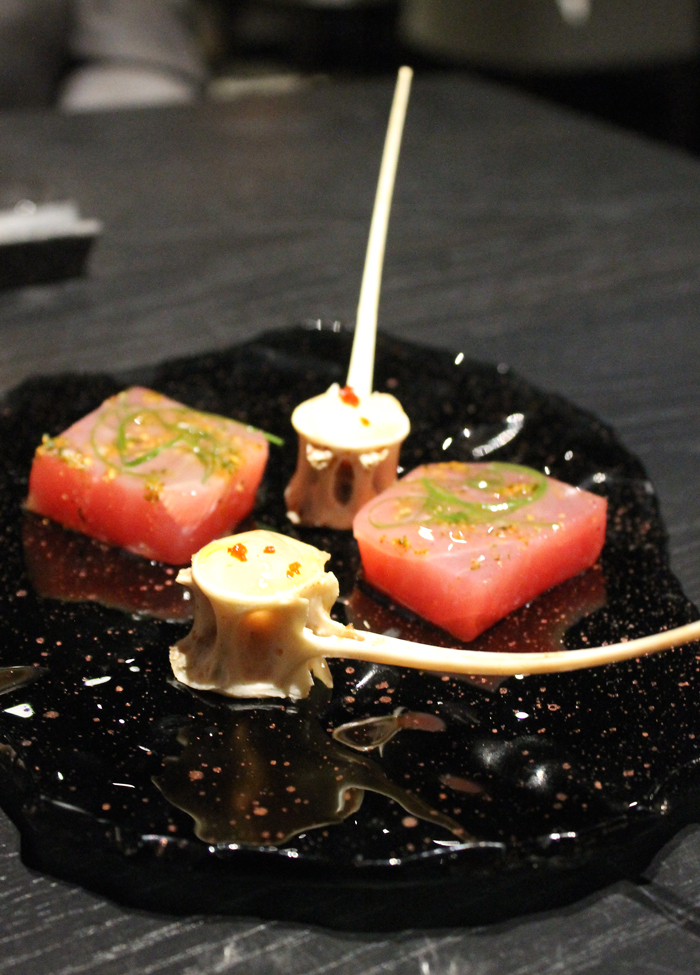
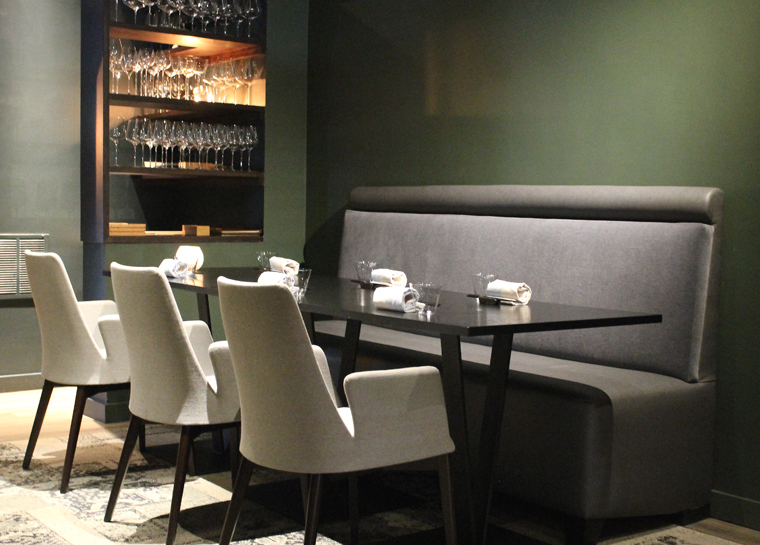
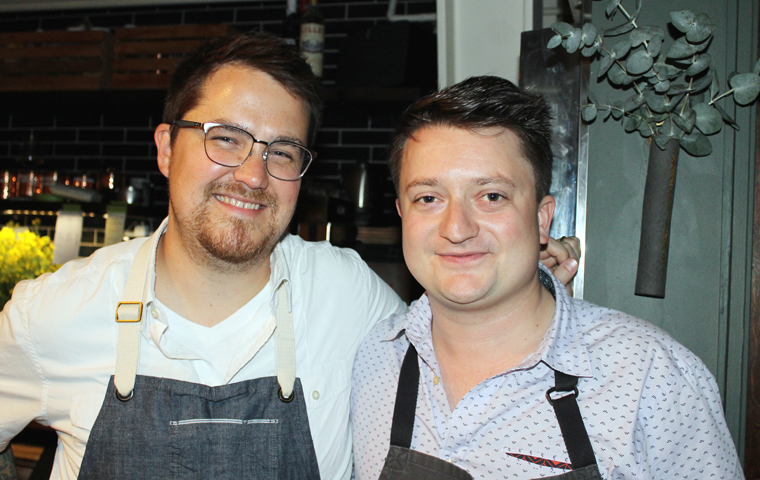
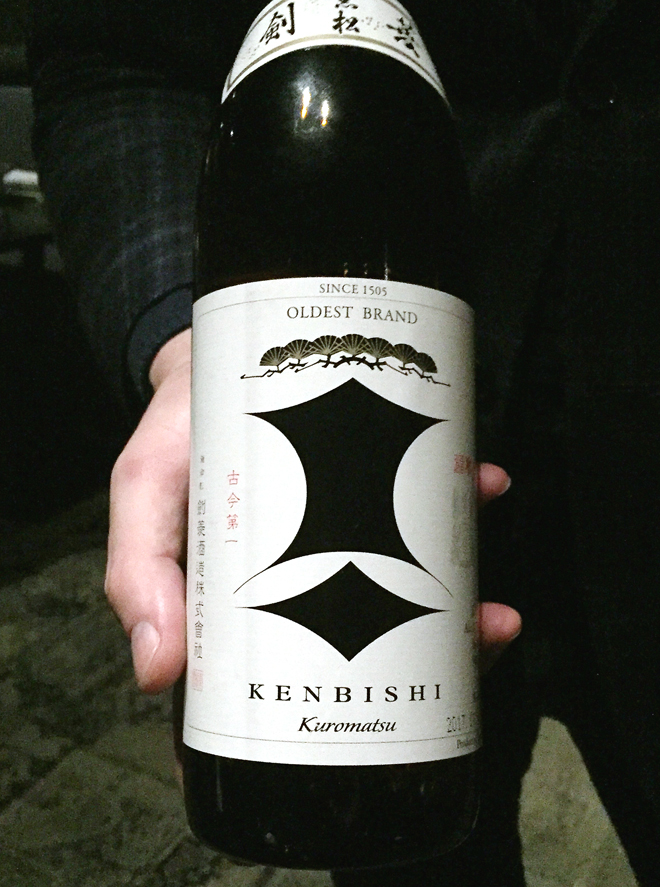
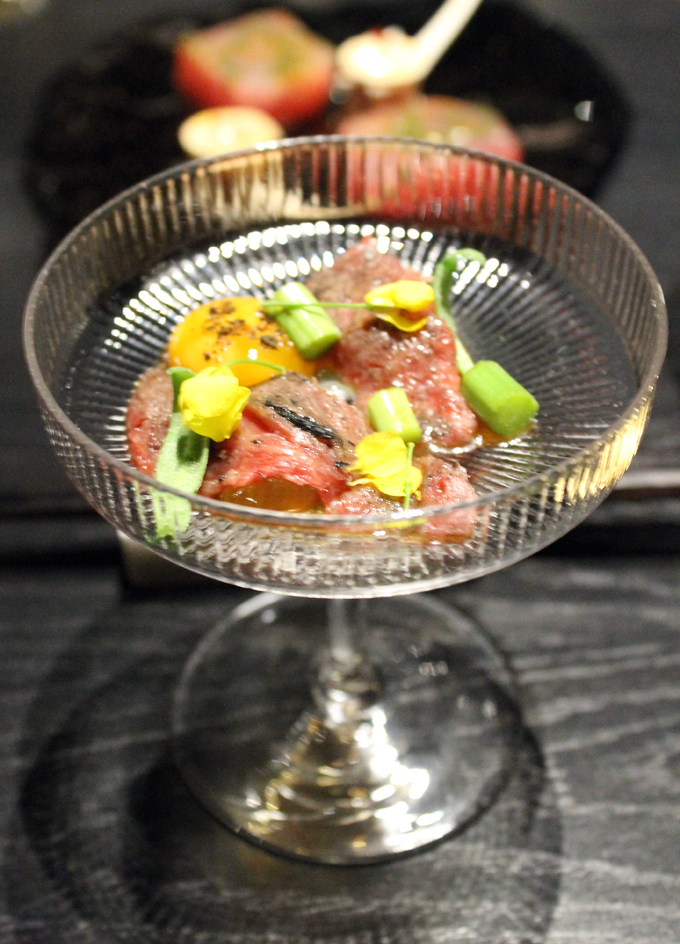
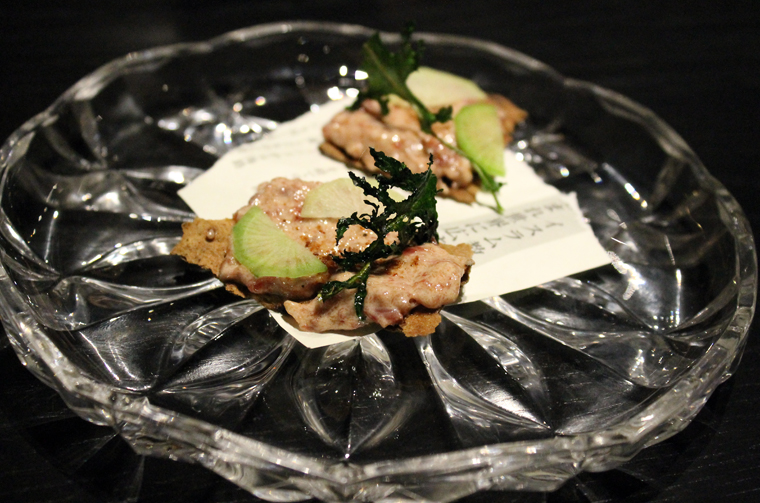

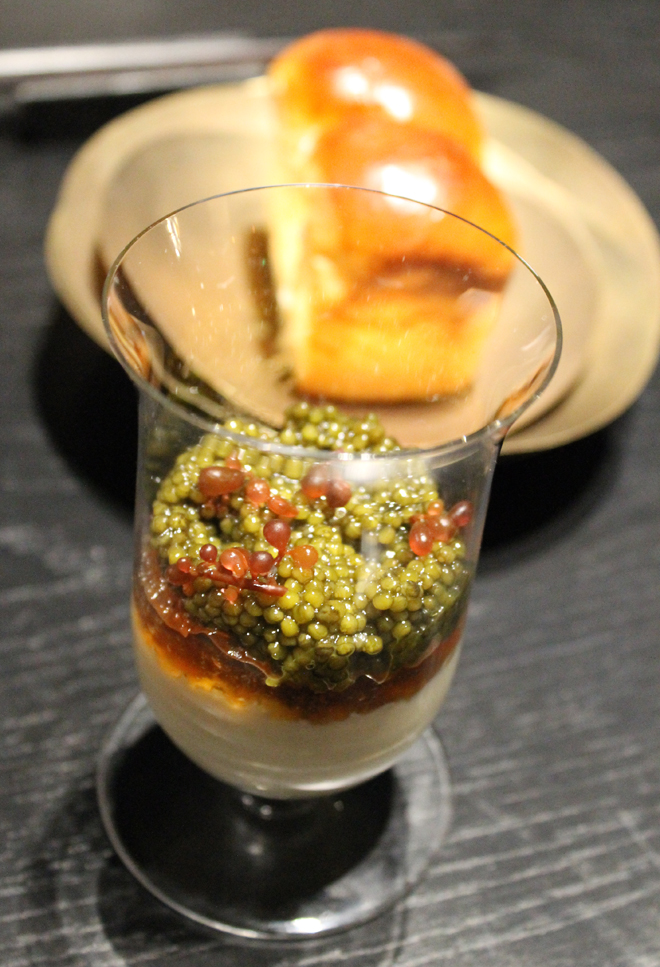
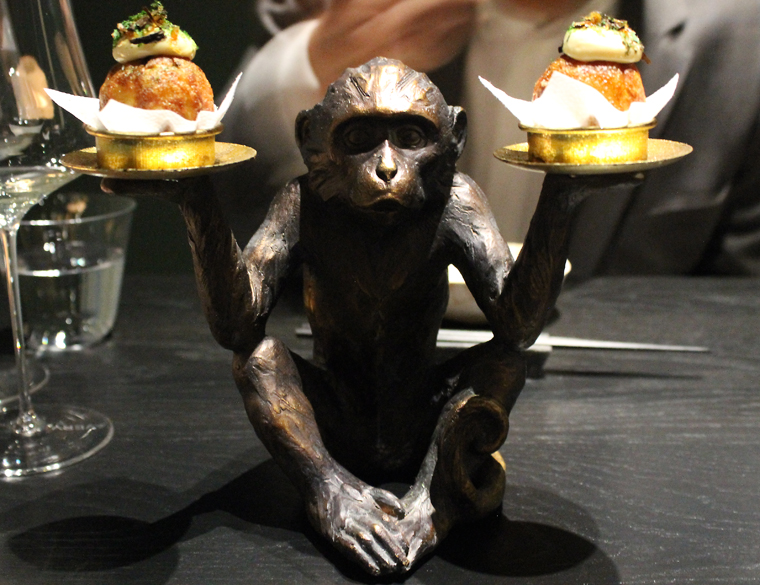
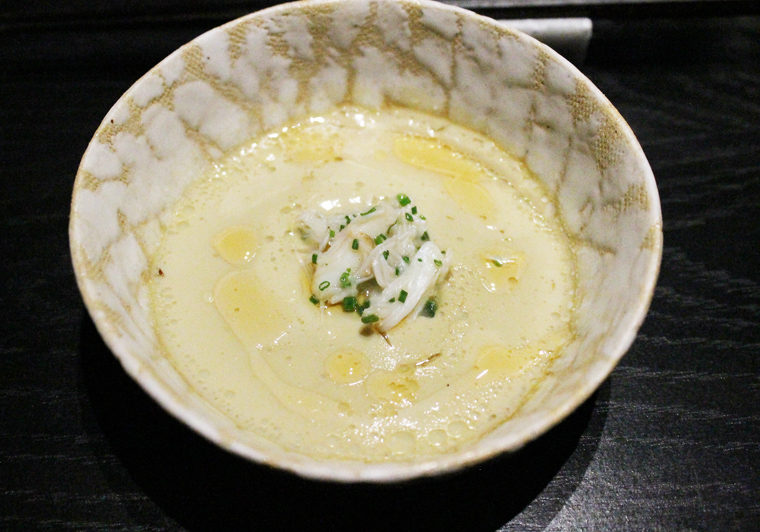
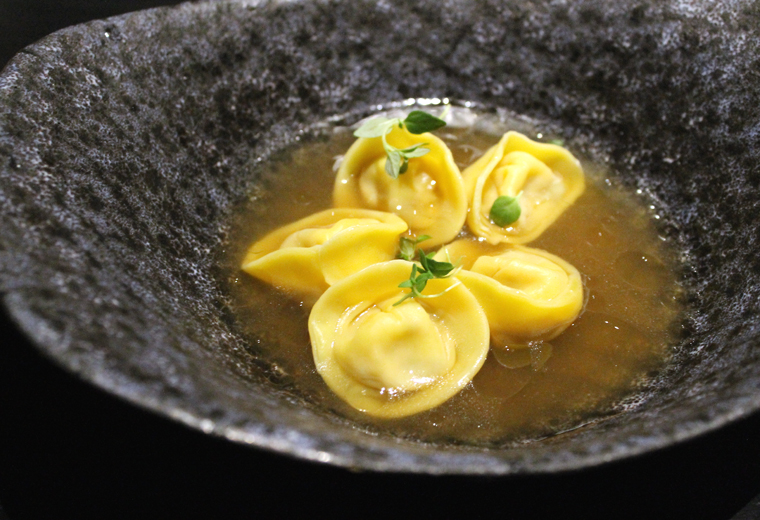
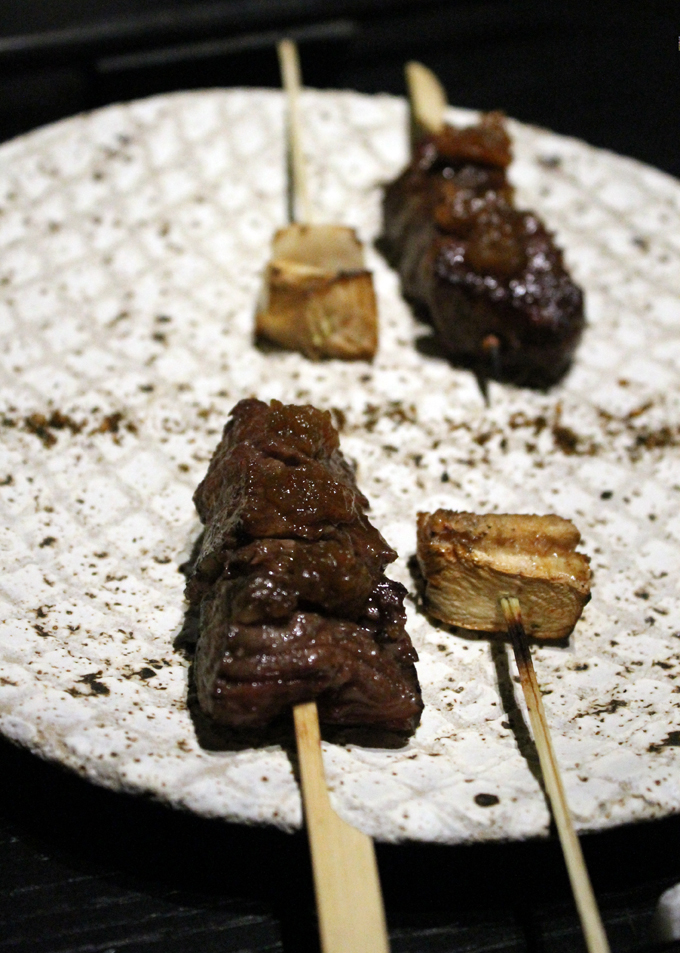

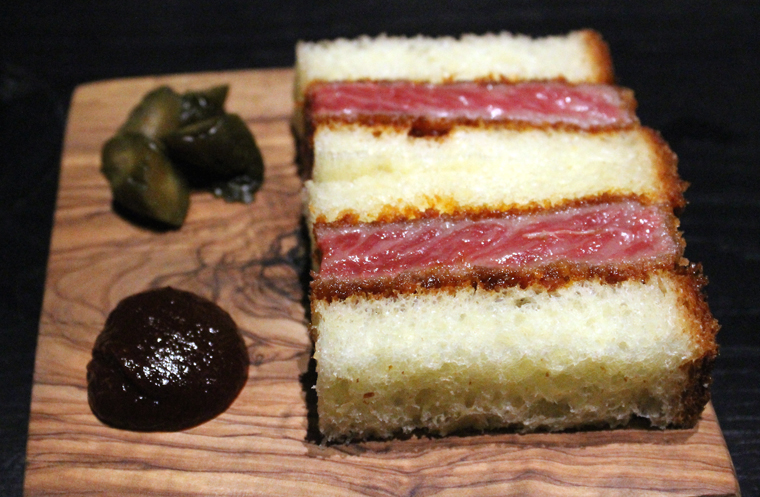
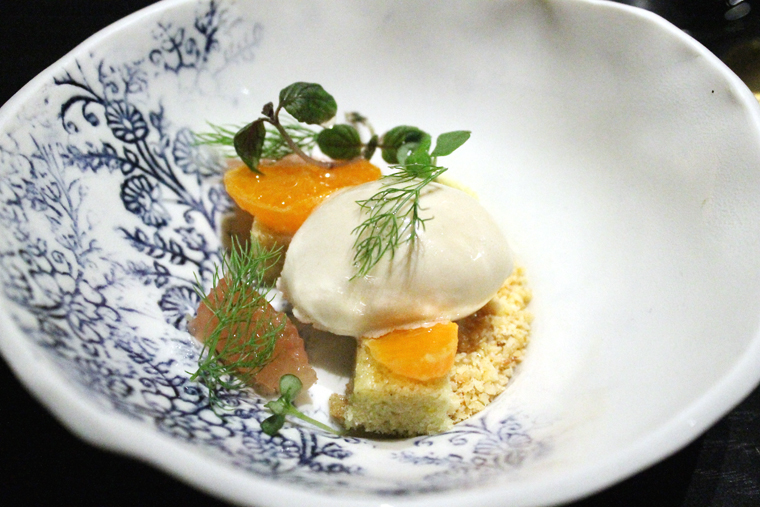
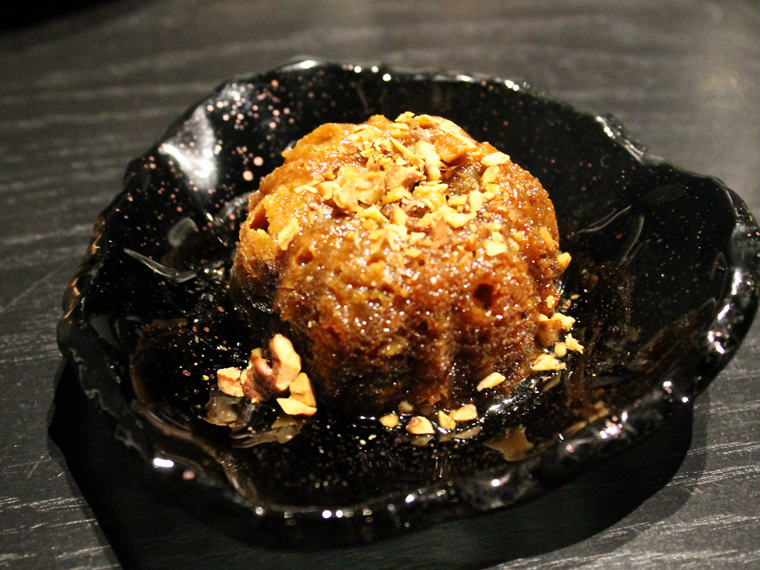
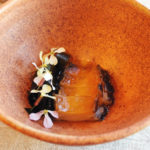
Looks amazing; can’t wait to check it out when it finally opens.